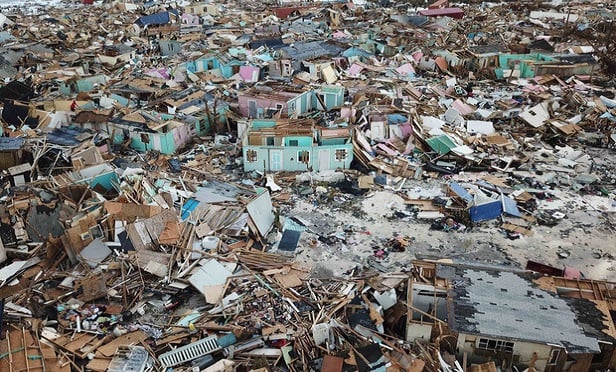 The growth in the number of weather disasters — inflation and increased exposure factors aside — has spawned a new branch of climate science called extreme event attribution. The science does not answer whether climate change caused a particular weather catastrophe, but it can quantify how climate change is affecting the return period of similar events. (Photo: AP)
The growth in the number of weather disasters — inflation and increased exposure factors aside — has spawned a new branch of climate science called extreme event attribution. The science does not answer whether climate change caused a particular weather catastrophe, but it can quantify how climate change is affecting the return period of similar events. (Photo: AP)
Climate change has been ongoing since the 1800s.
Recommended For You
Want to continue reading?
Become a Free PropertyCasualty360 Digital Reader
Your access to unlimited PropertyCasualty360 content isn’t changing.
Once you are an ALM digital member, you’ll receive:
- Breaking insurance news and analysis, on-site and via our newsletters and custom alerts
- Weekly Insurance Speak podcast featuring exclusive interviews with industry leaders
- Educational webcasts, white papers, and ebooks from industry thought leaders
- Critical converage of the employee benefits and financial advisory markets on our other ALM sites, BenefitsPRO and ThinkAdvisor
Already have an account? Sign In Now
© Touchpoint Markets, All Rights Reserved. Request academic re-use from www.copyright.com. All other uses, submit a request to [email protected]. For more inforrmation visit Asset & Logo Licensing.







